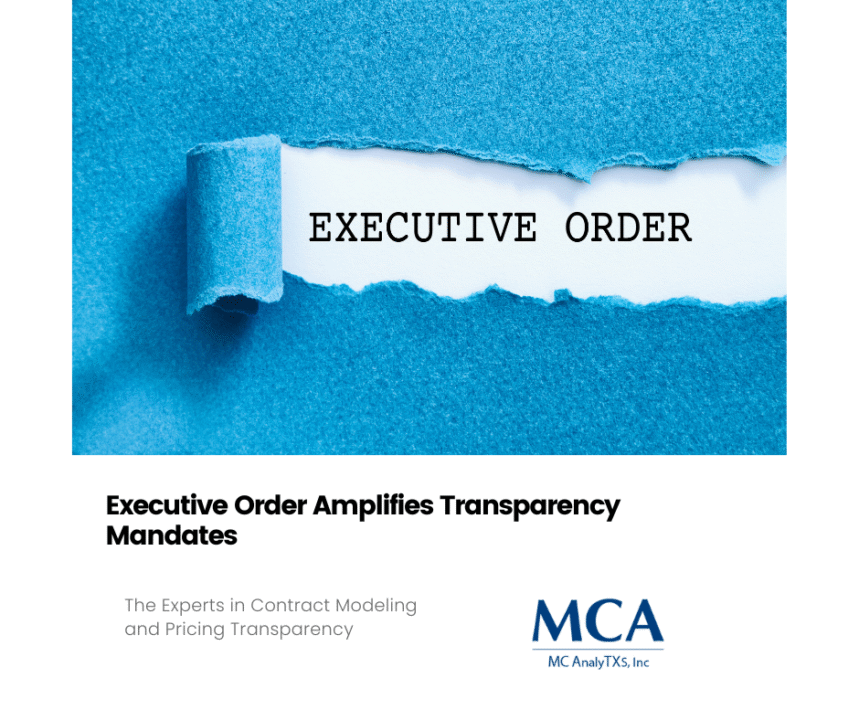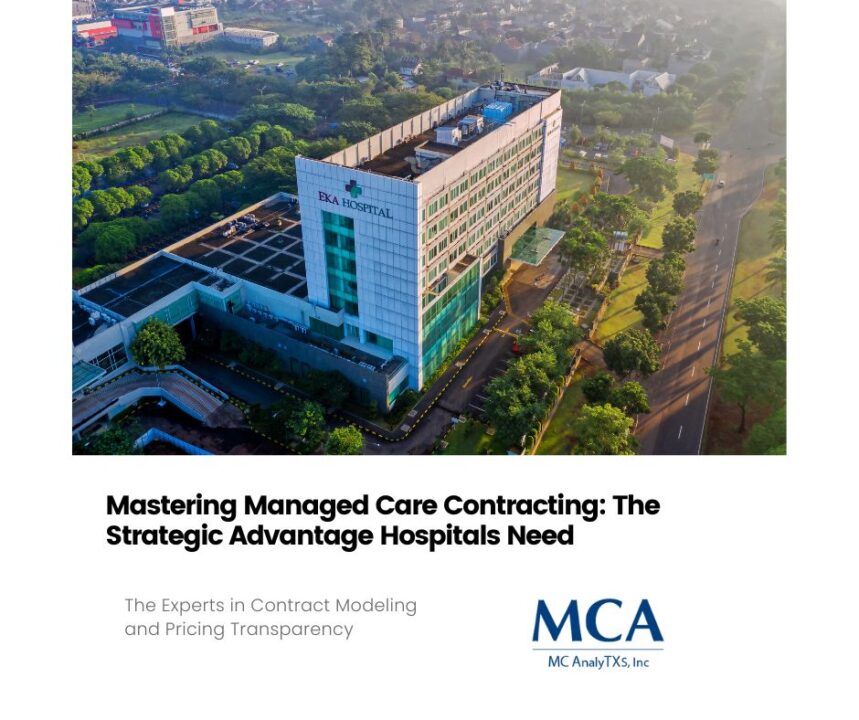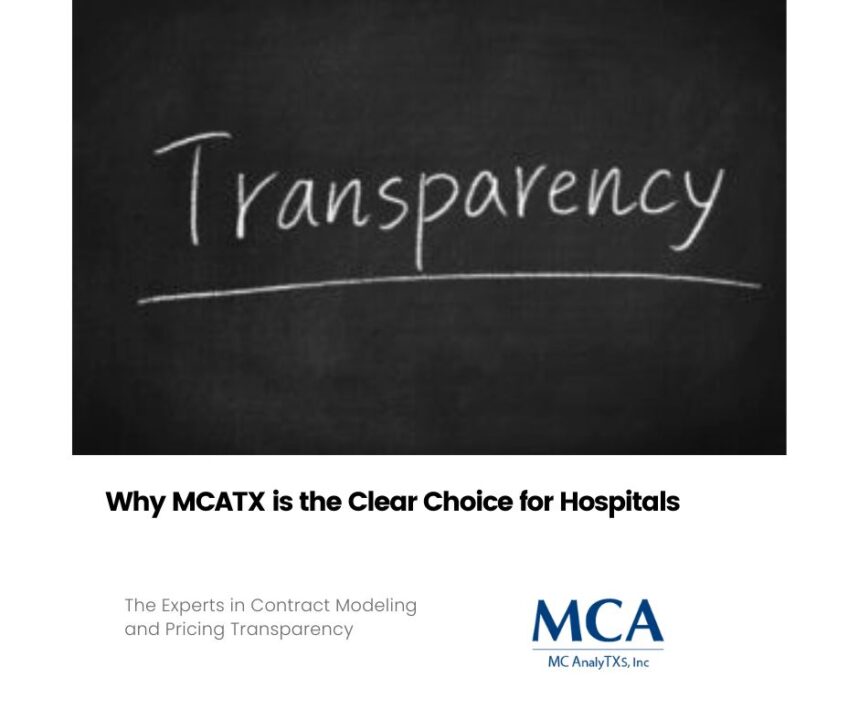
Learn How to Quickly Identify Accomplishments and Shortfalls in RCM Performance
October 3, 2023
What are the top financial priorities for healthcare systems?
October 11, 2023
In today’s challenging healthcare environment, it is critical for healthcare organizations to maximize their revenue while delivering the best possible patient care. Many healthcare organizations struggle with identifying and capturing all possible sources of revenue, often leaving money on the table. By taking a strategic approach, healthcare organizations can avoid these overlooked revenue opportunities. This blog will explore some of the key strategies that CFOs, Revenue Cycle Directors, and Managed Care Directors can use to optimize their revenue streams.
Conduct a Thorough Revenue Cycle Assessment:
Effective revenue cycle management starts with a thorough assessment of all revenue streams. This includes examining everything from charge capture and coding processes to denials management and appeals. A detailed analysis of the current revenue cycle process can identify gaps and areas for improvement. It is essential to engage internal stakeholders and revenue cycle vendors to identify the root causes of revenue cycle issues and develop an action plan to address them.
Streamline Eligibility and Enrollment Processes:
For healthcare providers, eligibility and enrollment processes are critical revenue streams. Unfortunately, these processes can be cumbersome and time-consuming, leading to delays in reimbursement or even denials. By streamlining eligibility and enrollment processes, healthcare organizations can significantly reduce the time and effort needed to collect revenue. Some approaches to streamline these processes include implementing electronic verification tools, leveraging self-service kiosks, or enlisting third-party vendors to manage the verification process.
Optimize Charge Capture and Coding Processes:
Charge capture and coding are essential parts of the revenue cycle process. However, many healthcare organizations struggle to accurately capture all charges. This results in missed opportunities to bill for critical services, thereby leaving revenue on the table. Through automation and the use of technology, healthcare providers can improve charge capture and coding processes. This includes investing in charge capture software, automated coding technologies, and outsourcing coding activities to third-party vendors.
Strengthen Contracts and Managed Care Relationships:
Managed care contracts and relationships are critical to revenue optimization. Healthcare organizations must negotiate fair reimbursements and incentives that align with organizational goals and objectives. This includes negotiating reimbursement rates, ensuring appropriate coding and billing requirements, and leveraging data analytics to monitor contract performance. By establishing strong managed care relationships, healthcare providers can ensure that they capture all possible revenue streams and improve their bottom line.
Deploy Analytics and Reporting Tools:
Data is a powerful tool for revenue management. By deploying analytics and reporting tools, healthcare organizations can track key performance indicators, monitor revenue cycle metrics, and identify trends or patterns that may indicate revenue loss. This includes leveraging business intelligence tools, implementing data dashboards, and investing in revenue cycle analytics software. With the right analytics in place, healthcare organizations can gain real-time insights into their revenue cycle processes and identify missed opportunities quickly.
In conclusion, healthcare providers must put a concerted effort into revenue optimization. By conducting a thorough revenue cycle assessment, streamlining eligibility and enrollment processes, optimizing charge capture and coding processes, strengthening managed care relationships, and deploying analytics and reporting tools, healthcare organizations can identify and capture overlooked revenue streams. The result is improved financial performance, reduced operational costs, and an improved patient experience. With the right strategies in place, healthcare providers can avoid leaving money on the table and put themselves on the path to financial success.
To learn more join our upcoming webinar on October 19th at 1 pm CST.





